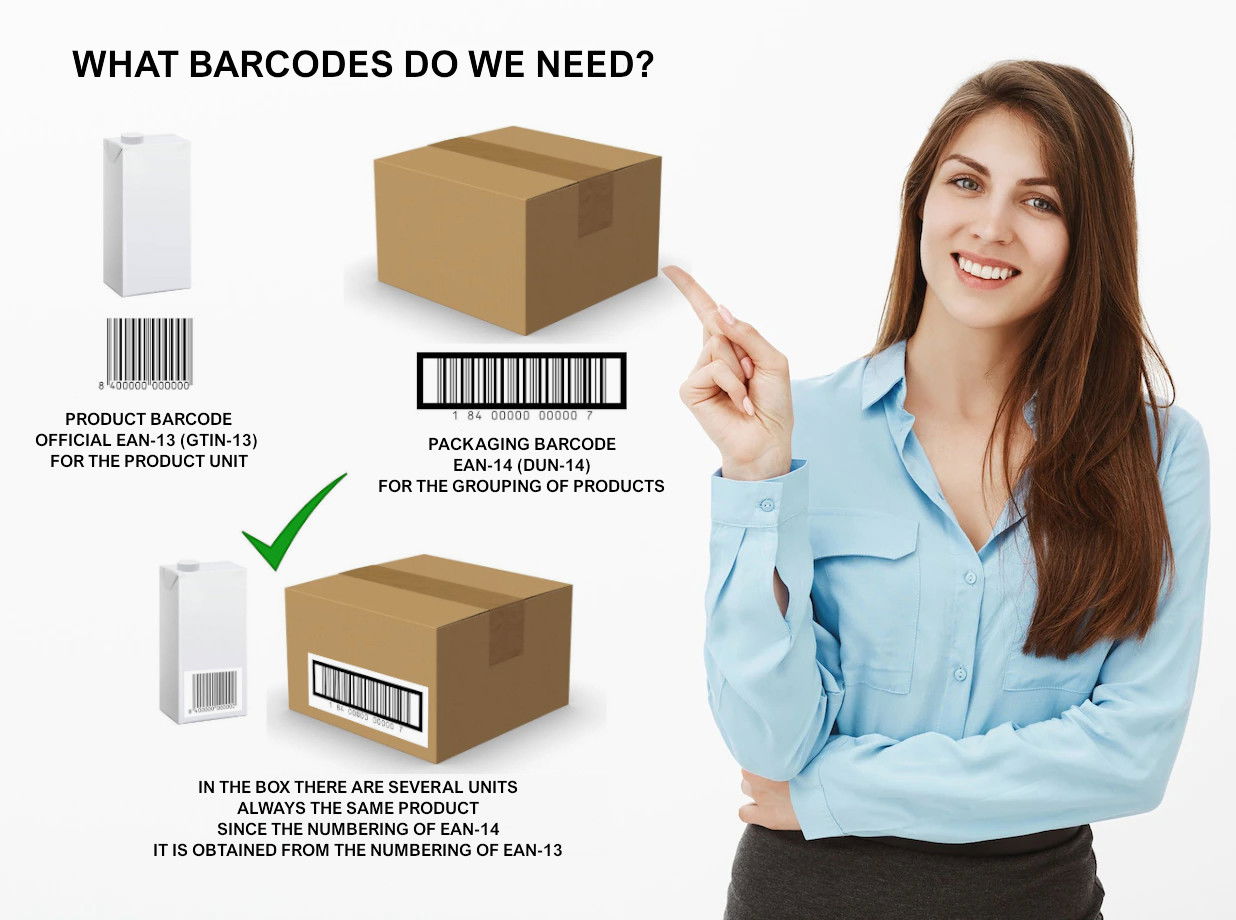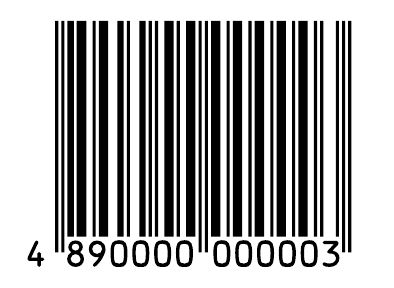How to place an EAN-13 barcode on a product
19Sep
- To place an EAN-13 barcode on a product, follow these steps:
- Obtain the EAN-13 Barcode:
- Purchase an EAN-13 barcode from a barcode provider or obtain a unique number from GS1, the organization that manages global barcoding standards.
- Ensure that you have the correct number assigned to your product.
- Generate the Barcode Image:
- Use barcode generation software or an online barcode generator to create your EAN-13 barcode image. Input your EAN-13 number, and the software will create the corresponding barcode graphic.
- Make sure to choose a suitable file format (like PNG, JPEG, or SVG) that meets your printing requirements. Hong Kong barcodes will do this job for you.
- Design Your Product Packaging:
- Incorporate the barcode into your product packaging design, ensuring it is placed in a visible area (usually on the back or one of the sides).
- Ensure there is enough white space around the barcode to allow for proper scanning.
- Check Size and Clarity:
- The EAN-13 barcode should typically be 37.29mm wide and 25.93mm tall (or similar proportions) for optimal scanning.
- Ensure that the barcode is clear and of high quality. Avoid any distortion or pixelation.
- Test the Barcode:
- Before mass printing, test the barcode using a barcode scanner to ensure it scans correctly. Or use simply your smartphone with one free App to read the barcode.
- Print the Packaging:
- Print the final design with the barcode on your product packaging. Make sure to use high-quality printing methods to ensure the barcode remains clear.
- Adhere to Regulations:
- If your products will be sold in retail stores, check any specific guidelines about barcode placement and specifications from retailers or distributors.
By following these steps, you can successfully place an EAN-13 barcode on your product, making it ready for sale and inventory management.

Comments
